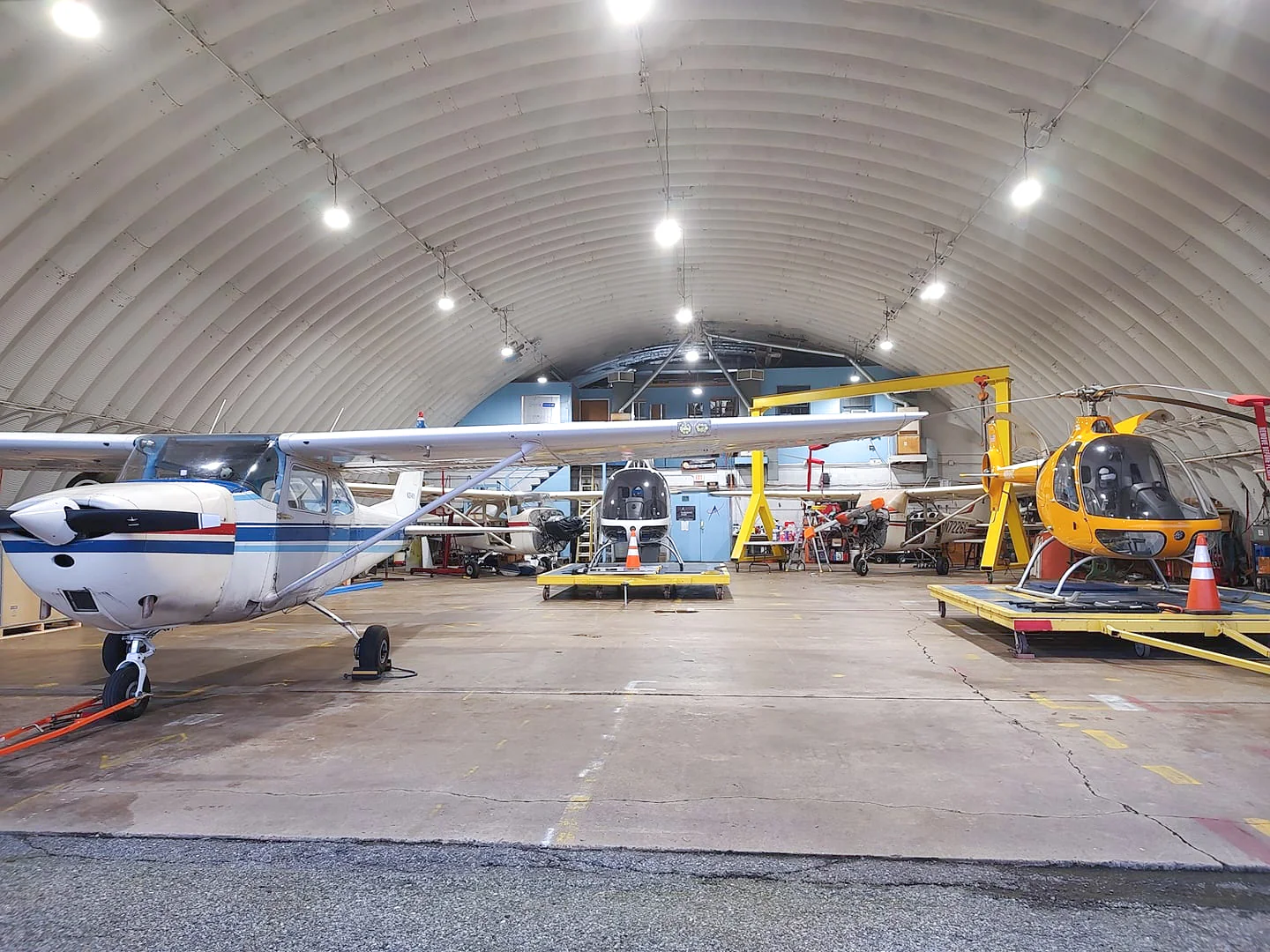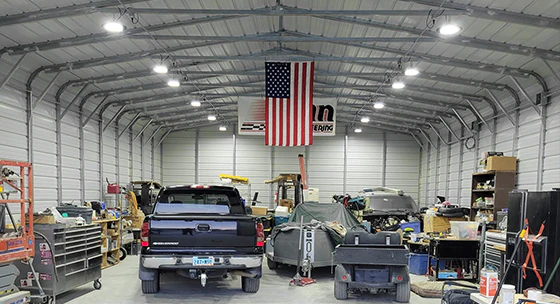In recent years, global attention to environmental protection and sustainable development has been steadily increasing, with energy issues becoming a focal point for governments and the public alike. To address climate change and reduce carbon emissions, the U.S. government has been continually introducing various policies and laws aimed at promoting the use of clean energy and improving energy efficiency. The latest energy tax legislation is a significant part of these efforts.
Buildings account for 40% of the total energy consumption in the United States, including 75% of all electricity consumption and 35% of the nation’s carbon emissions.†To encourage energy conservation, Section 179D of the U.S. Internal Revenue Code now provides substantial tax deductions for owners and designers of energy-efficient buildings that meet certain energy standards as prescribed by the tax code. These tax deductions also apply to energy-efficient retrofits of depreciable properties, offering immediate support.

Section 179D, enacted through the Energy Policy Act of 2005, was implemented in 2006. Its scope has been significantly expanded through the Inflation Reduction Act of 2022, making it easier for owners and designers of energy-efficient buildings to obtain larger tax deductions. This program allows contributing architects, engineers, system designers, contractors, and energy consultants to be included alongside building designers. Owners and designers of commercial real estate and multi-family residential buildings of four stories or more also qualify for tax deductions. Other residential buildings that do not qualify for Section 179D may be eligible for alternative tax incentives, including IRS 179 and 45L.
Building Systems Tax Deductions
The building systems that contribute to the energy savings of 179D include:
- Interior lighting (and its electrical systems)
- Heating, cooling, ventilation (HVAC), and hot water systems
- Building envelope (example: façade, walls, windows)
Using LED lighting, adaptive controls, and modern electrical systems are simple methods to reduce energy usage. And both active and passive heating, cooling, ventilation, hot water systems, heat pumps, and intelligent technology management directly contribute to energy conservation. Similarly, building envelope structures, glass systems, roof designs, and wall designs using high-insulation materials can save additional energy costs.
The American Society of Heating, Refrigerating and Air-Conditioning Engineers (ASHRAE) has established energy efficiency standards and building systems applicable to building energy codes. The current ASHRAE Standard 90.1-2007 is effective until 2026, after which ASHRAE Standard 90.1-2019 will take effect. Given that LED lighting is not included in ASHRAE 90.1-2007, using LED lighting in new and retrofit building projects is an effective method to qualify for the 179D tax deduction.
Meeting the prevailing wage and apprenticeship requirements allows taxpayers to maximize the tax deductions available for energy-efficient buildings. These deductions increase for each percentage point of energy savings achieved above 25 percent (compared to ASHRAE 90.1), with the maximum deduction available at 50 percent energy savings. Without meeting the wage and apprenticeship requirements, an energy-efficient building would receive $0.54 per square foot at 25 percent energy savings, with a maximum of $1.07 per square foot at 50 percent energy savings ($0.02 more per square foot for each additional percentage point).

Commercial building owners can apply for the 179D tax deduction for buildings completed since 2006, though design professionals are eligible only for projects completed within the last three years of the building’s construction.
The building energy analysis for 179D must be done through a program from a list of energy calculation programs approved by the IRS, which a qualified third-party company may be able to assist in finding.In California, energy regulations are already more stringent through the Title 24 Building Standards Code, enabling the tax deductions of 179D to be automatically available for most new construction and retrofit projects in the state. Worker laws in California also make it easier for these projects to qualify for the wage and apprenticeship restrictions of 179D. Therefore, Melbourne advises, that working with qualified third-party tax credit companies to receive these 179D tax deductions is a simple way to receive maximum deductions for energy-efficient buildings in California.

A qualified tax professional can help building owners, designers, and taxpayers determine if a new construction or retrofit project is eligible for the Internal Revenue Code’s new energy-efficient building and labor tax deductions. The expansion of Section 179D aims to benefit the environment and change building, energy, and labor practices.
Place your order now! 10% off Saleã€Use Code: RAR10】

Cordline Switches,Electrical Switch, Rocker Switch, Foot Switch, Hand Switch, On-Off Rocker Switches
Jiangmen Krealux Electrical Appliances Co.,Ltd. , https://www.krealux-online.com
